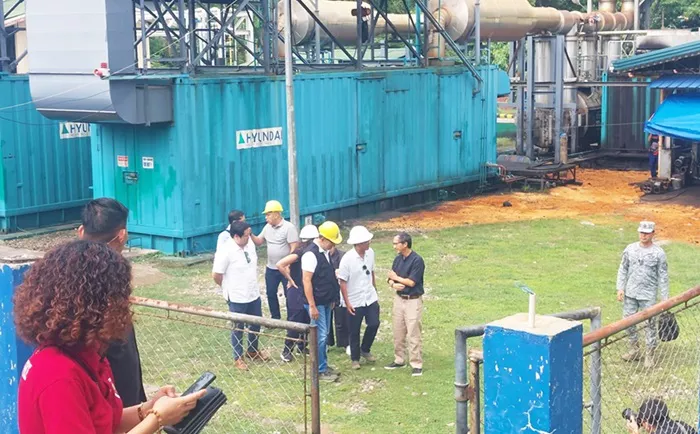On June 11, 2025, President Ferdinand Marcos Jr. visited a power plant operated by Siquijor Island Power Corporation (SIPCOR) in Barangay Candanay Sur, Siquijor town, to assess the ongoing electricity crisis. The visit followed a state of calamity declaration made by the Siquijor provincial government six days earlier due to the power shortages.
During the visit, Marcos inspected key facilities, including the Engine Diesel Unit, the control room, and the transmission lines, accompanied by officials from the National Electrification Administration (NEA), the Department of Energy, the Province of Siquijor Electric Cooperative (PROSIELCO), and local government representatives.
Crisis Background
SIPCOR Plant Head Engr. Jonas Tampos explained that the province started experiencing power outages after the May midterm elections. Initially, the outages lasted for up to four hours, but by May 23, the disruptions extended to as long as eight hours. This situation severely impacted both households and businesses, particularly those reliant on online work.
The root cause of the outages was traced to a malfunction in four of the six generators at the SIPCOR plant in Candanay Sur, while another generator at a plant in Tignao, Lazi town, is currently under maintenance. Tampos noted that repairs on each generator could take up to 10 days.
NEA Administrator Antonio Almeda confirmed that the outages stemmed from maintenance issues and emphasized that efforts were underway to resolve the situation with the cooperation of NEA, PROSIELCO, and SIPCOR.
Immediate Measures
In response, President Marcos announced that a generator capable of supplying two megawatts of power would be brought to Siquijor from Palawan as a short-term solution. He set a six-month deadline to resolve the crisis, stating that within that time, the government aims to implement longer-term solutions to prevent future outages.
“We have given ourselves a six-month deadline for a short-term solution,” said Marcos. “By then, we will assess our progress and determine the necessary steps to ensure we do not rely on emergency generators in the future.”
Currently, SIPCOR can supply an average of 7.3 megawatts of power, but the province’s demand can peak at 9 megawatts.
Long-Term Solutions
The President urged SIPCOR to upgrade its facilities and systems, aiming for permanent solutions to the power shortage. He also challenged the company to consider expanding its infrastructure and improving its overall operations.
In addition, PROSIELCO has submitted requirements to NEA for a Certificate of Conformity, which would allow the cooperative to initiate bidding for a new power supplier to meet the province’s needs.

